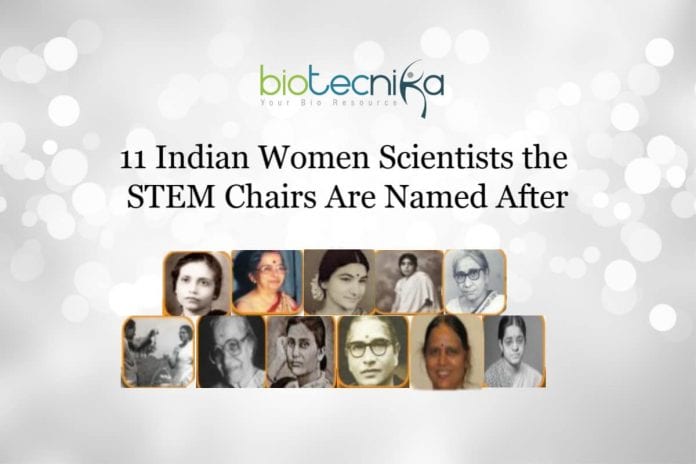Chairs In Institutes Across India, Honoring Eminent Women Scientists
After the Indian government has decided to establish chairs in institutes in the name of prominent Indian women scientists, names of 11 have gained attention.
Smriti Irani, the Women and Child Development Minister of India announced the decision last week in order to honor & recognize Indian women scientists as well as inspire women & encourage greater participation of young girls in STEM.
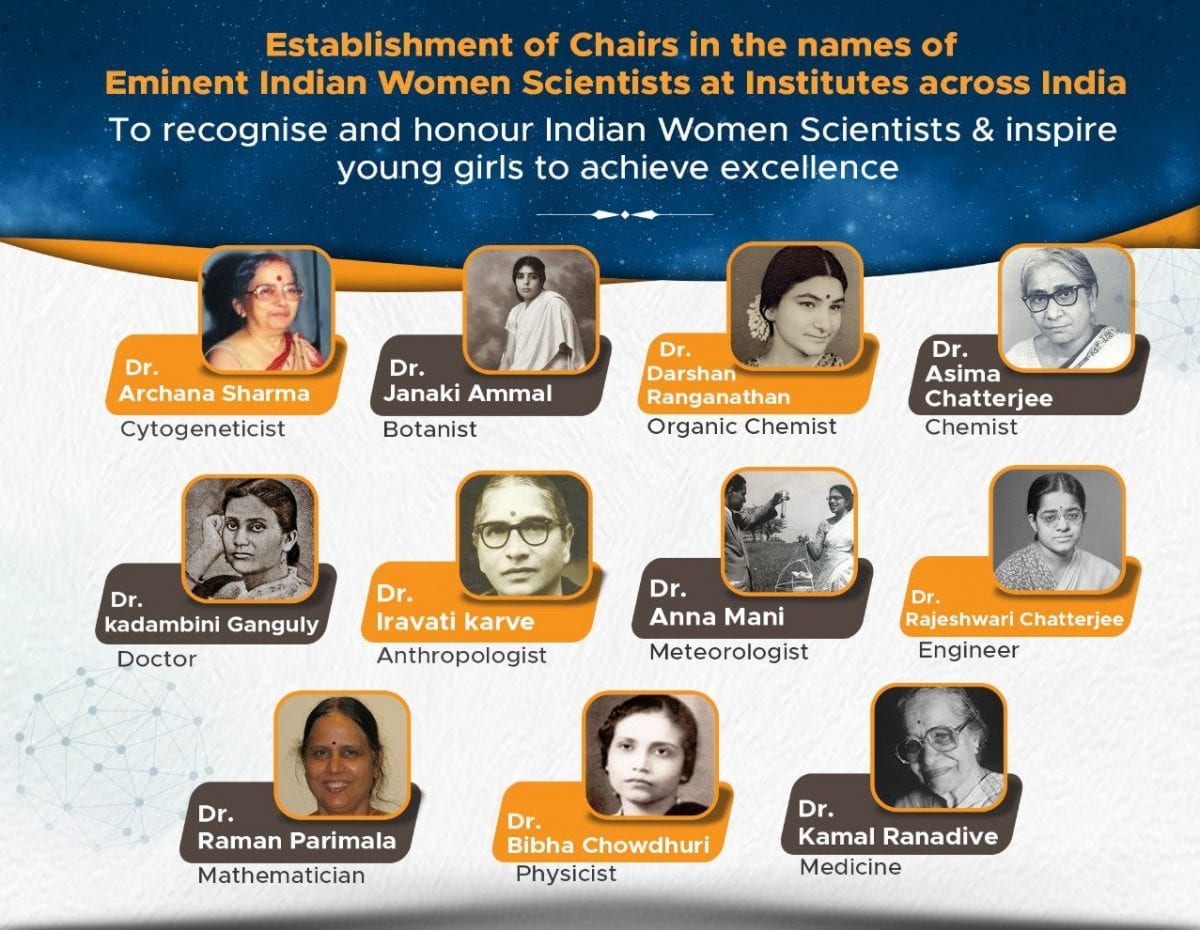
On National Science Day, @MinistryWCD is pleased to announce Establishment of 11 Chairs in the names of Indian Women Scientists at Institutes across the country. Under PM @narendramodi Ji’s leadership, we’re committed to recognize & encourage Indian women in the field of science. pic.twitter.com/XY4Ys7niSO
— Smriti Z Irani (@smritiirani) February 28, 2020
Women researchers are eligible to take up these chairs and receive research funding up to one crore.
Let’s look at those 11 women scientists to understand who they were and what did they contribute to their respective fields.
Archana Sharma, Cytogeneticist (1932-2008)
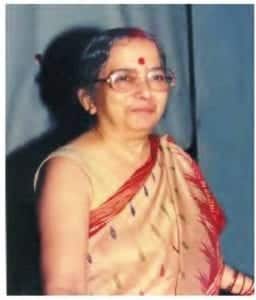
She was a botanist, interested in plant genetics. Her initial works involved understanding how asexual plants evolved to become different species. She was also interested
in studying the genetics, toxicology, and biology of cells. Her contributions to research include understanding the effect of arsenic in water, genetic polymorphism in the human population and the mechanism behind the induction of cell division in an adult nucleus. Her chromosome-related classification of flowering plants had gained a lot of attention.Janaki Ammal, Botanist (1897-1984)
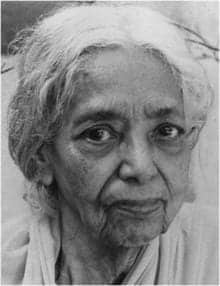
Being one of India’s earliest botanists, Janaki Ammal was specialized in cytogenetics. She was also an expert in the study of the geographical distribution of plant species and their effects on Earth. Sugarcane and brinjal were her subjects of genetic experimentation. She had a great career abroad and in India. During the onset of World War II, she was forced to stay back in the UK. While crafting hybrid flowers, she co-wrote the Chromosome Atlas of Cultivated Plants which is considered as the bible of cytology.
Darshan Ranganathan, Biochemist (1941-2001)
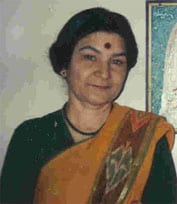
Darshan Ranganathan was a well-known biochemist for her work in bioorganic chemistry and in protein folding. Recreating naturally-occurring biological reactions in the laboratory was one of her many interests. She synthetically created several key ingredients required for the production of chemicals and drugs of pharmaceutical importance. She was an expert in designing proteins and structurally important nanostructures in chemistry.
Asima Chatterjee, Chemist (1917-2006)
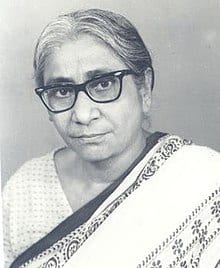
An organic chemist who developed chemotherapy, anti-malaria, and anti-epilepsy drugs. Her study involved extensive research on medicinal plants grown in the Indian subcontinent. Her work on the chemistry of concentrated natural products led to the well-known discoveries of the drugs. For nearly half-a-century, she worked on alkaloids used in chemotherapy to prevent cell division. Her contributions in the field of chemistry brought her name in the list of chairs honoring women scientists.
Kadambini Ganguly, Physician (1861-1923)
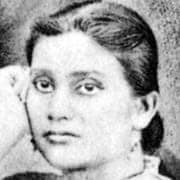
Kadambini Ganguly was one of the first to have trained in modern medicine in South Asia and Britan and one of the first two female physicians in India. Being the first woman to step into most places, she fought against discrimination and many prejudices. She was a politically active woman apart from an independent medical practitioner. After the partition of Bengal in 1906, she organized Satyagraha meetings and worked relentlessly to improve the conditions of female coal workers in eastern India.
Iravati Karve, Anthropologist (1905-1970)
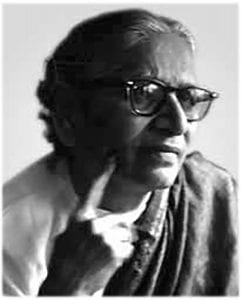
Iravati Karve became the first woman anthropologist in India when the field of anthropology went hand-in-hand with sociology. Paleontology, Indology, anthropometry, and serology were some of her fields of expertise. At her time, she was critiqued for her work’s outmoded and heavy influence of governing tactics by the British Raj, her German-tenure inspired ideas of eugenics, and her conflation of ancient-Sanskrit inspired ideas with modern anthropology.
Anna Mani, Meteorologist (1918-2001)
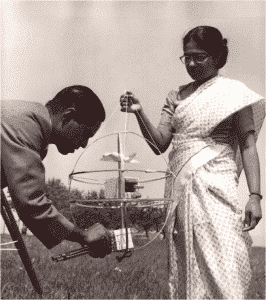
Anna Mani was a well-known meteorologist who published several research papers on meteorological instrumentation. She was a former researcher at the Indian Meteorological Department in Pune. Even though Anna was trained in Physics, she specialized in meteorology and weather and brought groundbreaking changes in weather monitoring systems in India. She established workshops to manufacture instruments that measured solar energy and wind speed, standardized drawings of around 100 weather instruments, developed an instrument to measure ozone and set up a network of stations to measure solar radiation.
Rajeshwari Chatterjee, Engineer (1922-2010)
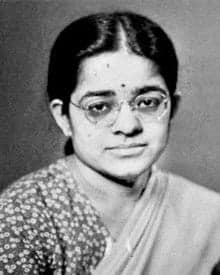
Rajeshwari was an electrical engineer and a mathematician specialized in radio engineering, microwave technology, and electromagnetic theory. She was Karnataka’s first woman engineer. After World War II, she pursued PhD in the US. In the field of antennas used in special purposes like spacecraft and aircraft, she made immense contributions. Once returned to India, she worked at the Indian Institute of Science, Bengaluru as a faculty and later with Indian Association for Women’s Studies.
Raman Parimala, Mathematician (1948)
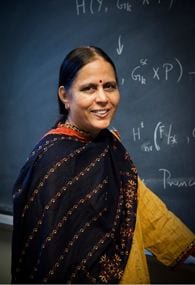
Raman Parimala is a mathematician, well-known for her contributions to algebra. She is the only living women scientist on the list. She surprised the experts in algebra by demonstrating the first example of a ‘non-trivial quadratic space over an affine plane’. She was interested in exploring topology, algebraic geometry, and number theory. Her solution to the second Serre conjecture was well recognized.
Bibha Chowdhuri, Physicist (1913-1991)
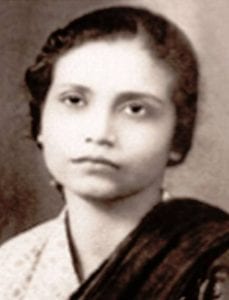
Bibha Chowdhuri was popular for her discovery of a new subatomic particle, the pi-meson, from her experiments in Darjeeling and her extraordinary work in cosmic rays and particle physics. The well-known physicist Debendra Mohan Bose was her research guide. She has also worked with Patrick Blackett, the Nobel winner on cosmic rays. She worked in nuclear physics while in India. She was a part of Kolar Gold Field experiments conducted to detect neutrinos. In her honor, the yellow-white dwarf star HD 86081 was recently renamed to Bibha by the International Astronomical Union (IAU).
Kamal Ranadive, Pathologist (1917-2001)
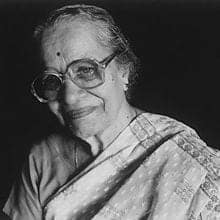
Kamal Ranadive, the last one in the list of chairs honoring women scientists, was a well-known biomedical researcher. At John Hopkins University in the US, She worked on the development of tissue culture techniques. When she returned to India, she became the director of the Indian Cancer Research Centre and established the Experimental Biology Laboratory and Tissue Culture Laboratory in Mumbai. She worked on cancer in infants as well as on the links between genetics and cancer. Her research led to the understanding of the causes of diseases like breast cancer, oesophageal cancer, and leukemia.


























